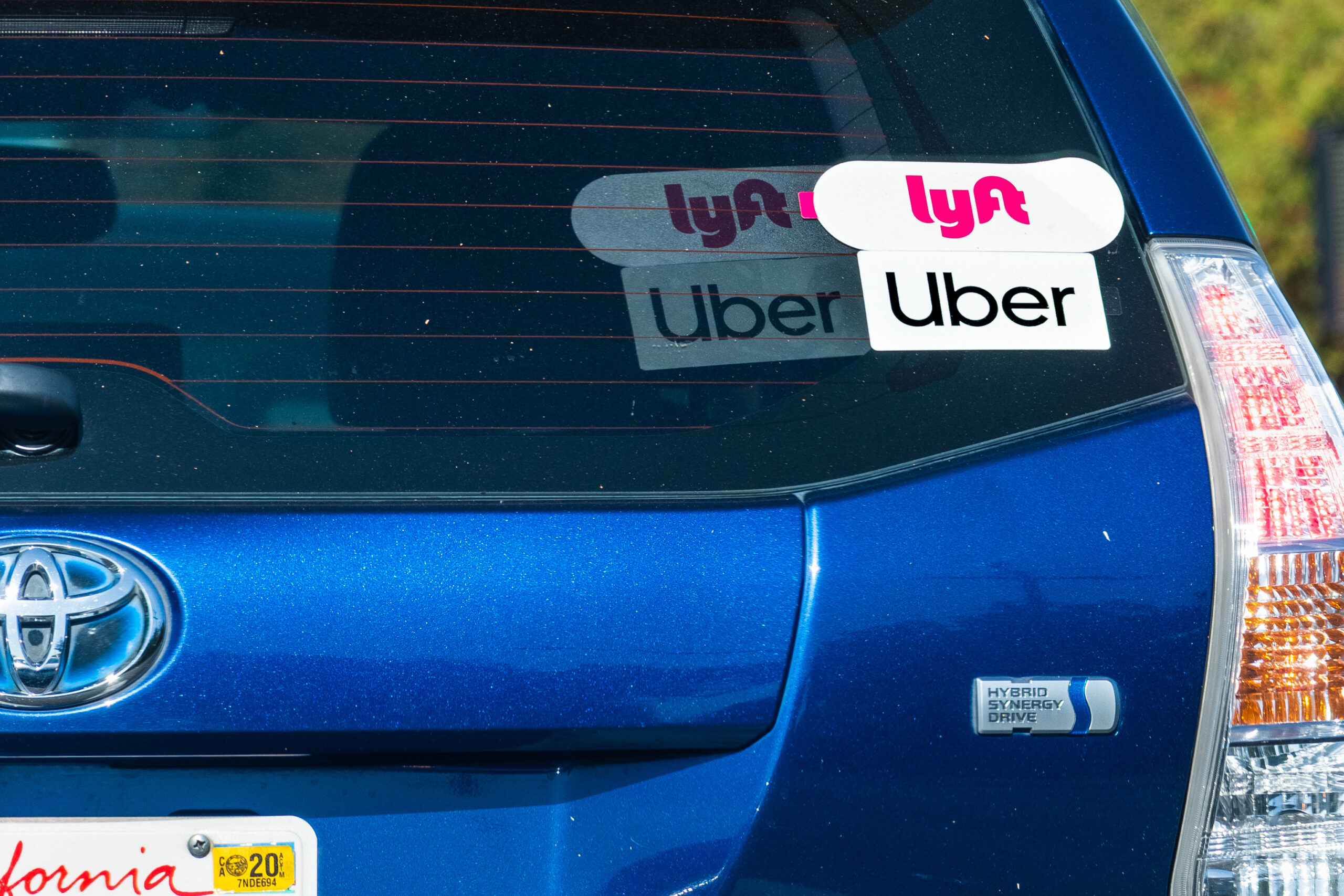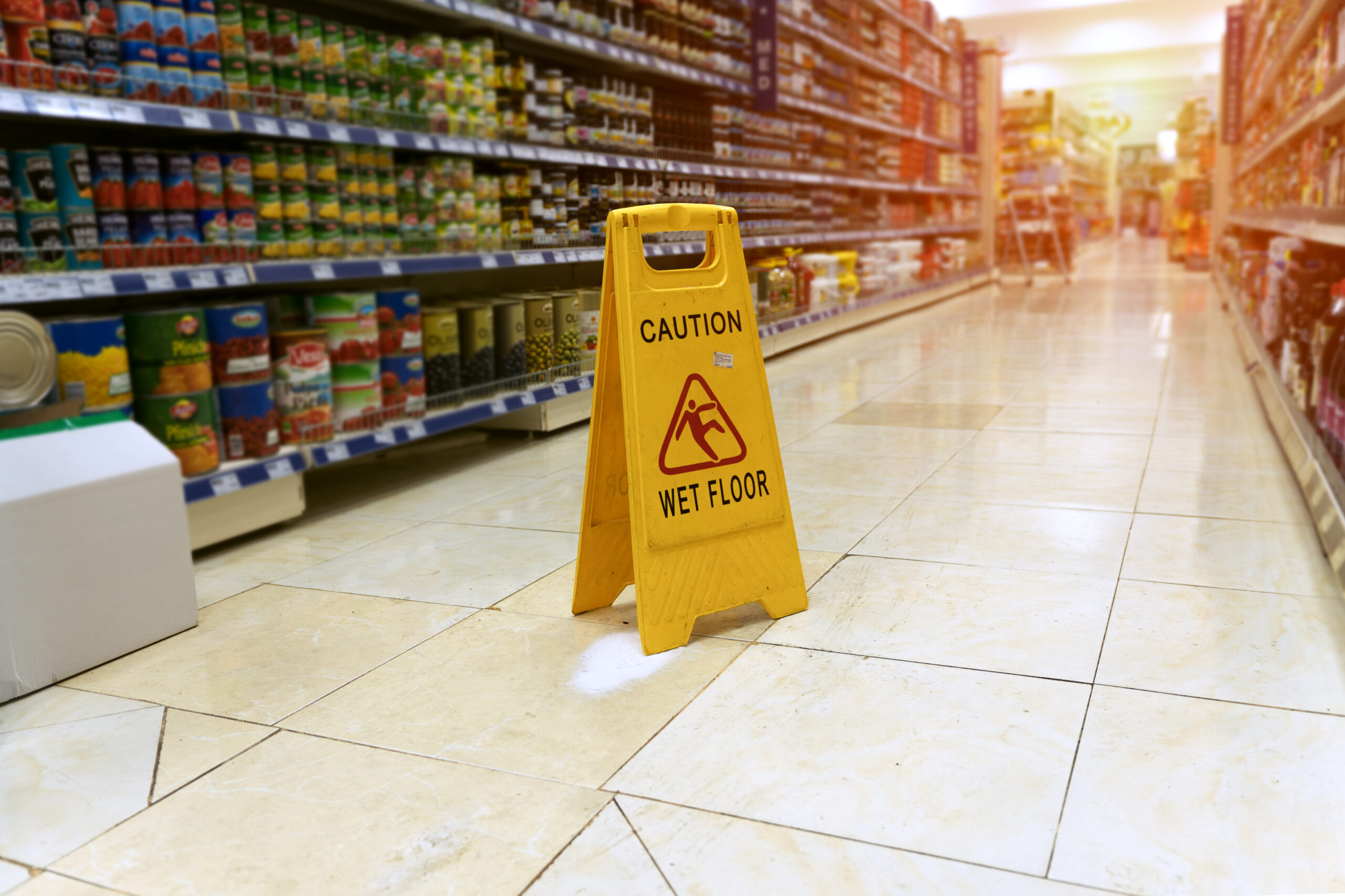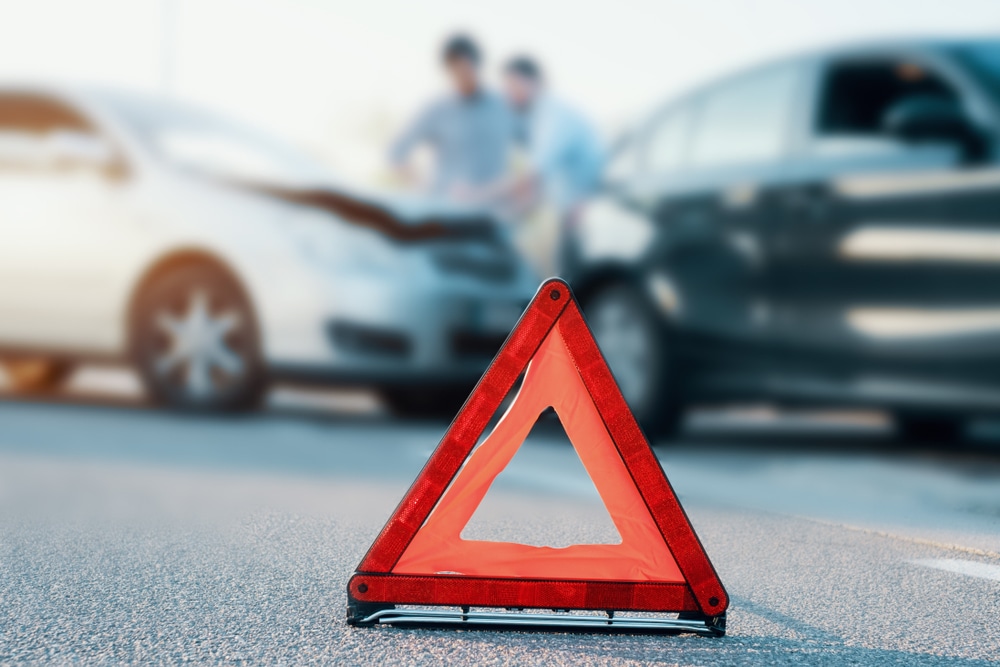Protecting yourself and your family in the event of a motor vehicle collision begins well before a collision ever occurs. In fact, it begins before anyone gets behind the wheel. As the weather begins to break and quarantine restrictions are lifted, we will begin to see an increase in the number of drivers on the roadways. Now is a great time to reach out to your insurance agent to review and make any necessary changes to your motor vehicle insurance policy. Or, if you do not have insurance, it is the perfect time to investigate and purchase appropriate coverage. Remember, in the State of Ohio, you must be insured to operate a motor vehicle on public roads. Below we will discuss the different types of coverage and protections that you can purchase for your car.
COMPREHENSIVE: Comprehensive, or “non-collision” coverage, is a protective coverage that includes damage to your vehicle that was not caused by a collision with another motor vehicle, such as theft, vandalism, or hitting an animal. This type of coverage usually has a deductible, but it covers a wide range of incidents, whether you are in the vehicle or it is parked. This is great coverage to have but is not required in the State of Ohio.
COLLISION: Collision coverage is a protective coverage that covers damage to your vehicle caused by a collision with another vehicle, a stationary object such as a tree, or a single-car accident. Collision coverage usually has a deductible and can be used if either you or someone else caused the damage to your vehicle. Additionally, this coverage is also not required in the State of Ohio.
LIABILITY: Liability coverage is a protective coverage that covers damage to another person’s motor vehicle or body caused by a collision where you are the at-fault party. Liability Coverage is required by law in State of Ohio. All properly insured Ohio drivers must carry, at minimum, $25,000/$50,000 in bodily injury liability and $25,000 in property damage liability coverage. This means that if you or another authorized driver causes a collision in your car, your insurance will pay up to a maximum of $25,000 per person injured, or a maximum total of $50,000 if multiple persons are injured, and up to a maximum of $25,000 in property damage to the vehicle and personal belongings of the other driver. These liability limits can be higher than the state minimums with some personal policies containing limits of $250,000/$500,000. However, it is always important to review your policy to determine who will and will not be covered if they drive your vehicle to avoid a denial of coverage.
UNINSURED MOTORISTS/UNDERINSURED MOTORISTS: Uninsured/Underinsured coverage is a protective coverage that covers you and/or your passengers for injuries suffered in a collision if your damages exceed the liability policy limits of the at-fault individual (underinsured) or if the at-fault driver did not have insurance coverage at the time of the collision (uninsured). This type of coverage is also not required in Ohio; however, having uninsured/underinsured policy coverage in place will allow you to collect on damages that exceed the at-fault parties liability policy limits. Take note, while most insurance policies provide uninsured/underinsured coverage in the same amount as the amount of your liability coverage, the amounts are not required to be identical; however, the amount of such coverage may not exceed the amount of your liability coverage. From our experience, we advise our clients to make sure that their insurance policies contain uninsured/underinsured motorist coverage and that the coverage limits match those of the liability limits. Therefore, it is always important to review your policy to determine what will and will not be covered under this section of your policy.
MEDICAL PAYMENTS: Medical payments coverage is a protective coverage that covers you or your passenger’s medical expenses, irrespective of fault. This type of coverage is not required in Ohio; however, we always advise our clients to ensure that such coverage is included in their insurance policies. Medical Payments coverage can be as little as $1,000 per person; however, we always recommend that our clients purchase coverage in a greater amount. Some insurance policies contain coverage of up to $100,000 per person, although the majority of policies contain limits of between $5,000 and $25,000 per person in coverage. This coverage can be used to satisfy out-of-pocket medical expenses that are not covered by health insurance, including deductibles. Oftentimes, this coverage must be exhausted before a health insurance carrier will pay medical expenses incurred as a result of a collision with an at-fault driver (e.g. Medicare).
UMBRELLA: Umbrella coverage is a protective coverage that covers you in case of a serious incident that exceeds your coverage limits, including liability coverage and uninsured/underinsured motorist coverage. This coverage is also not required in Ohio. Most insurance companies offering umbrella policies usually require $250,000/$500,00 in an underlying motor vehicle insurance policy as a condition of coverage. Most umbrella polices provide coverage of at least $1,000,000 and can be purchased in greater amounts as well. Some insurance companies only have umbrella policies that relate to liability coverage, but others have umbrella policies that relate to uninsured/underinsured coverage. Therefore, it is always important to review your policy to determine what will and will not be covered under this section of your policy.
GAP: Gap coverage is a protective coverage that is not usually available through a motor vehicle insurance company but could play a significant role in a claim involving a new or newer vehicle. This type of coverage is not required in Ohio. Gap coverage is usually available through car dealerships or other third-party companies and protects the gap between the fair market value of a totaled vehicle and the outstanding amount owed on a car loan at the time of the incident. This is important in newer vehicles or vehicles purchased at high interest from used car lots because the actual value of the vehicle could be less than what is still owed on the purchase price.
This information may not cover every available detail of a motor vehicle insurance policy and as always, a premium must be paid for each added policy provision. Other provisions such as rental and tow coverage are equally important to consider. An insurance policy can only protect you to the extent of the coverages that you purchase, Reviewing your policy and declarations page is important to know exactly what situations will and will not be covered in case of a collision or other unfortunate event involving your motor vehicle. Setting a time with your insurance agent to review your policies can save you time and money in the long run. Moreover, reviewing your homeowner’s or renter’s policy at the same time as your motor vehicle insurance policy will give you the bigger picture of how all your assets and family are protected.
Unfortunately, some drivers on the road do not carry valid insurance. If you are in a collision caused by an uninsured driver, then your insurance policy with uninsured coverage will protect you for your treatment and injuries. The amount of uninsured coverage you carry depends on the level of protection you want for yourself and your family. This is usually coupled with underinsured coverage, which will provide you added protection if the driver that caused the incident was insured, but for an amount less than your treatment and injuries. If you are struck by a driver with a state minimum $25,000 policy, but your losses are greater than that amount, you will only be able to collect $25,000 from that individuals policy, but can then use your underinsured coverage to cover the difference. Medpay is another option to have for payment of bills or out of pocket expenses while a settlement or resolution is worked towards.
Police who arrive at the scene are tasked with several responsibilities, providing safe travel for other drivers, protecting the scene, determining liability, talking with involved parties, talking with witnesses. Unfortunately, this does not always result in a full report to protect your interests if you are injured and need to open an injury claim.
Should do own investigation at scene, within the bounds of safety and practicality. Photographs should be taken of the incident scene before vehicles are moved if possible, never put yourself in secondary danger if this is not feasible. Collect the information of the other driver, including pictures of driver’s license and insurance cards. Collect information from witnesses, names, addresses, phone numbers. Make note of the surroundings, if any businesses may have cameras that would capture the events. Businesses and municipality cameras have varying time for saving data often between 24-72 hours before that video is taped over. This is more important in situations where police who arrive at the scene do not determine a liable party or it is an incident where police do not respond to the scene for some reason.




